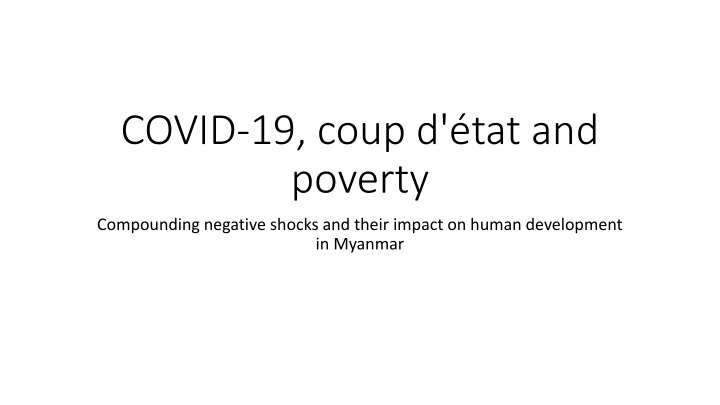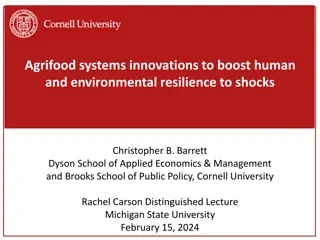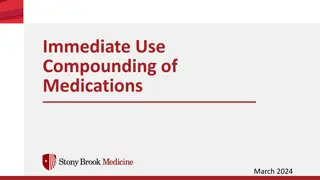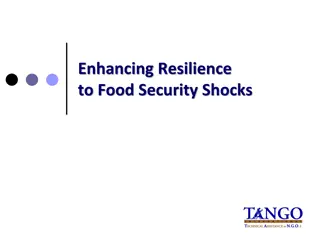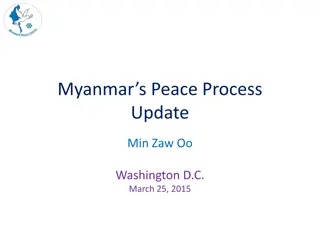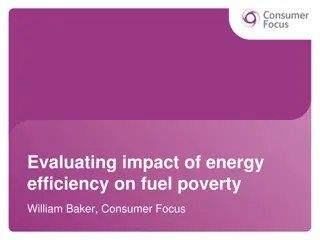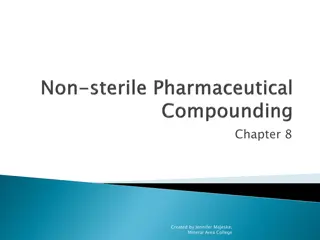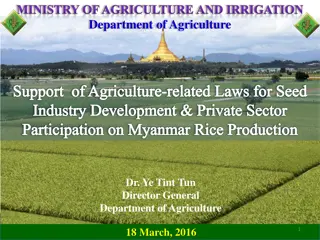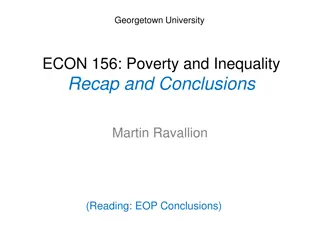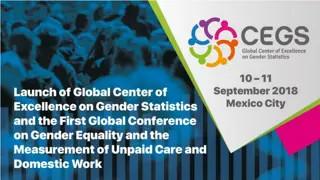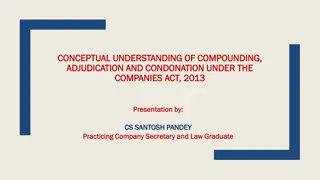Impact of COVID-19 on Poverty in Myanmar: Compounding Negative Shocks
COVID-19, coup d'état, and poverty have exacerbated challenges in Myanmar, impacting human development. The pandemic led to income loss, highlighting the need for improved social protection systems.
Download Presentation

Please find below an Image/Link to download the presentation.
The content on the website is provided AS IS for your information and personal use only. It may not be sold, licensed, or shared on other websites without obtaining consent from the author.If you encounter any issues during the download, it is possible that the publisher has removed the file from their server.
You are allowed to download the files provided on this website for personal or commercial use, subject to the condition that they are used lawfully. All files are the property of their respective owners.
The content on the website is provided AS IS for your information and personal use only. It may not be sold, licensed, or shared on other websites without obtaining consent from the author.
E N D
Presentation Transcript
COVID-19, coup d'tat and poverty Compounding negative shocks and their impact on human development in Myanmar
Background Beginning in 2011, Myanmar undertook a journey of triple transitions: towards peace in the border areas; towards democratic governance; and towards a market-oriented economy. The transition resulted with significant improvements in people s livelihoods lifting a quarter of the population out of poverty by 2017; Despite the achievements in poverty reduction, analyses of available data prior to the COVID-19 pandemic show that millions of people in Myanmar had remained vulnerable and at risk of falling into poverty in the face of a negative shock. A third of the population was considered near poor, subsisting just above the poverty line; Agriculture was a main source of employment a sector characterised by low wages and significant informality; Many business activities were small and informal and about a tenth of them were legally registered; Employment was particularly low among women with women being 30 percent less likely to be in the labour force compared to men; Near poor households also relied on remittances, which are sensitive to political and economics distress.
Impact of Covid-19 on poverty in Myanmar In conducting the exercise, we followed a bottom up approach relying on two available surveys: MLCS 2017 and HVS 2020; The following evidence guided our assessment: Given the policies aimed at curtailing the spread of the virus, wages in affected sectors (e.g. manufacturing) suffered for about half of the year; Certain sectors, such as wholesale and retail trade were particularly affected; HVS 2020 shows that the containment measures have been particularly harmful to small-scale, family-owned businesses, further increasing the vulnerability of the households owning them; Remittances, both domestic and foreign, also decreased, given the enforcement of global and regional lockdowns; More than four-fifths (83.3 percent) of households have reported a drop in income with an average drop in income of about 40 percent.
Impact of Covid-19 on poverty in Myanmar Loss of income doesn t immediately translate into loss of consumption (and, subsequently) in rise in poverty; The process depends on the capacity of households to smooth the effect of the shock by relying on the so-called coping mechanisms (help from government, savings, help from family/friends, formal borrowing); The effect of Covid-19 exposed the underdeveloped nature of the social protection system in Myanmar. Assistance mainly consisted of a one-off help of 40,000 kyat to poor and vulnerable households without a regular source of income, food assistance, and reduction in electricity tariffs. In turn, this led households to mostly rely on informal borrowing (as evidenced by HVS); Based on the literature review and given the coping mechanisms households employed, we estimated that the smoothing parameters to be in the range 0.2-0.35. In other words each kyat reduction in income leads to 0.2-0.35 kyats reduction in consumption.
Impact of Covid-19 on poverty in Myanmar Figure 1: Impact of COVID-19 on the poverty rate in Myanmar (percent) Baseline = 24.8 percent, MLCS 2017 Lower bound = a one unit drop in income results in a 0.2 unit drop in consumption Upper bound = a one unit drop in income results in a 0.35 unit drop in consumption
The coup d'tat compounds the effects of Covid-19 Myanmar was struck by a coup d tat which overthrew the democratically elected government on 1 February 2021. While initially bloodless, it has already claimed over 700 lives; The economy is already taking a hit with World Bank and the IMF projecting a contraction of 10 and 9 percent, respectively; Supply chains are breaking down as the work of customs agents, dockworkers, lorry drivers and rail workers has come to a halt and with key ports paralysed, some shipping firms have temporarily halted services to the country; There is some anecdotal evidence of rising food prices, further affecting the purchasing power of households; Agriculture also affected, with some inputs becoming more expensive. Lack of access to credit through the Myanmar Agriculture Development Bank and micro-finance companies is turning into a significant obstacle. Overall, Myanmar is on the brink of economic collapse and risks becoming Asia s next failed state.
The coup d'tat compounds the effects of Covid-19 The existing evidence on the ground points to significant disruptions in the economic activities, which, doubtless, have an impact on people s livelihoods; In estimating the effect of the compounded shock, we build on the findings on the impact of Covid-19 and add a few assumptions for loss of income; In doing so, we estimate two scenarios: optimistic and pessimistic depending on how much wages and small business incomes (the biggest contributors to households budgets) could be affected 25% in the optimistic and 50% drop in the pessimistic scenario; Other incomes (e.g. agriculture generating activities, remittances, social transfers) are also likely to be affected due to the ongoing disruptions on the ground; In accordance with the permanent income hypothesis , coping with the coup as a shock might be more difficult (compared to Covid-19) resulting in a permanent downward shift in consumption patterns. In other words, one kyat loss of income leads to one kyat loss in consumption, thus having a much more profound impact on both, consumption and poverty.
The coup d'tat compounds the effects of Covid-19 Figure 2: The compounded effect of the coup d tat on the poverty rate in Myanmar (percent) Baseline = 36.1 (upper bound of poverty increase as a result of COVID-19) Permanent income shock = a one unit drop in income results in a one unit drop in consumption
Differentiated impact of the compounded shock on different population groups First, as the near poor households were most likely to be urban as a result of the impact of the compound shock, many urban households are likely to be pushed below the poverty line, with urban poverty rising threefold; Child poverty (which was high in the baseline case) is likely to be even higher, with over half of children in Myanmar likely to be poor; this also further establishes the intergenerational transmission of poverty as a constant phenomenon in Myanmar; Female headed households, which were vulnerable prior to the compounded shocks are also likely to be pushed in poverty; The negative effects of the compounded shock on poverty, coupled with the reduced availability of basic services (e.g. health, education) are likely to have impact on other SDGs.
Conclusions The compounded effect of COVID-19 and coup likely to have a huge effect on poverty levels with nearly half of the population living below the national poverty line; In the worst case scenario, poverty levels likely to reverse to the levels registered in 2005, effectively erasing all of the gains made since then; Child poverty likely to increase, with over half of children living in poverty. This will further exacerbate intergenerational transmission of poverty, with additional impact on human capital of the next generation. Without any remedial actions, Myanmar could be seeing a slide in human development that may not be reversible in the SDG timeframe.
